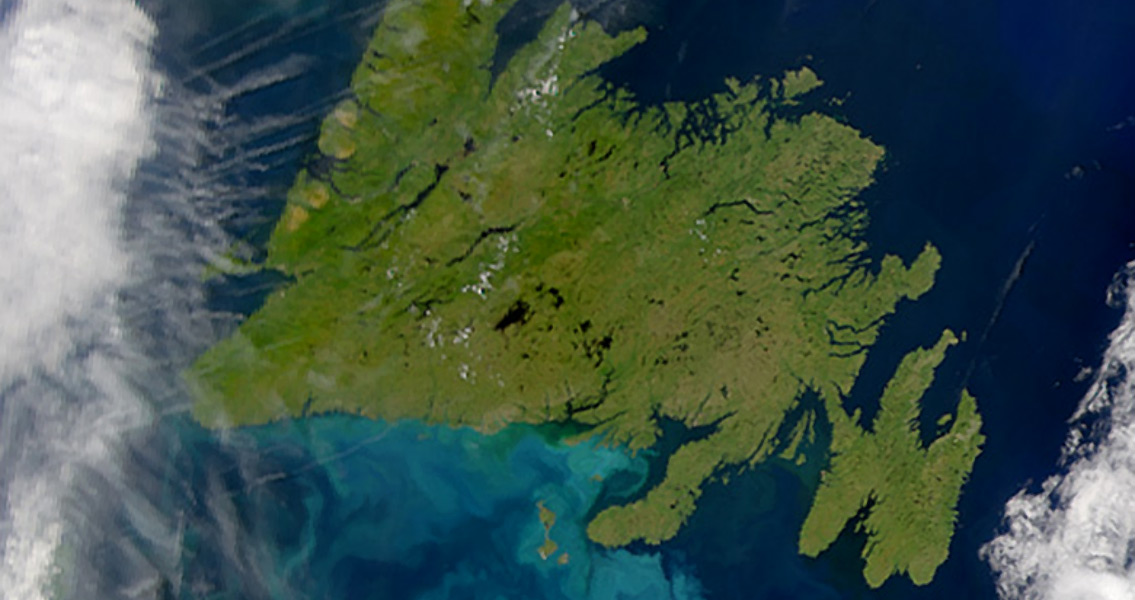<![CDATA[At an archaeological site on the Exploits River in Newfoundland, Canada, researchers have found artifacts that indicate habitation by Indigenous peoples more than two millennia ago. According to a CBC News report, archaeologist Laurie Maclean and dig assistant Don Pelley conducted a two-week dig in November 2016 in search of artifacts left behind by the Groswater Paleoeskimos. The pair sifted through dirt, clay and mud at the banks of the Exploits, discovering historical tools that may have otherwise been destroyed by the river. Maclean remarked that several of the artifacts could have been swept away by the summer of 2017, where they would have been strewn further along the riverbank. Additionally, many of the in situ artifacts, some of which have been dated to 2,200 years old, would have been destroyed completely. The Groswater Paleoeskimos have been dated to living in the region as far as 2,800 years ago. There are several Groswater sites in the region, but that 2,200-year-old-date is the first to be determined by radiocarbon dating of one of the 20 known features within the site. These features, the archaeologist explained, could be as varied as a fireplace, a house or a grave. During the interview, Maclean pointed out the fire-cracked rock she and Pelley were uncovering, an indicator that the site may have been used as a firepit. This could be the 21st such feature at the site. Next, Maclean plans to document the findings of the dig, bringing the data back to his office and drafting a document. Pelley, who Maclean refers to as his “archaeologist assistant,” was surprised at the advanced age of the findings; the man, who has been assisting archaeological digs in the region since the 1960s, has a vested interest in finding ancient artifacts thanks to his Indigenous heritage, he says. Pelley echoed Maclean’s comments about the Groswater site, knowing that if he and Maclean had not accessed it in 2016 it would have been lost. He expressed gratitude to the Provincial Archaeology Office for renewing its interest in the Exploits River, and has hopes that he will be involved in a similar dig in 2017. The Exploits River was a main thoroughfare for several different types of Indigenous cultures, Pelley commented, adding that the river was the site of much activity. A lot of this activity took the form of salmon fishing, as the nearly 250-kilometer-long Exploits has long been a spawn site for Atlantic salmon. He has hopes that the new data will encourage increased regional exploration, perhaps even leading to discoveries that will one day be incorporated into educational materials presented to tourists learning of local history. Pelley may not be around to see such an event, but he does say that he’s got no current plans to slow down with his archaeological assistance, claiming that he’ll continue as long as he’s physically able. He does hope to encourage his three daughters by bringing them to the site soon in the hopes of enlisting their help to carry on with his work. ]]>
2,200-Year-Old Indigenous Site Discovered in Newfoundland
